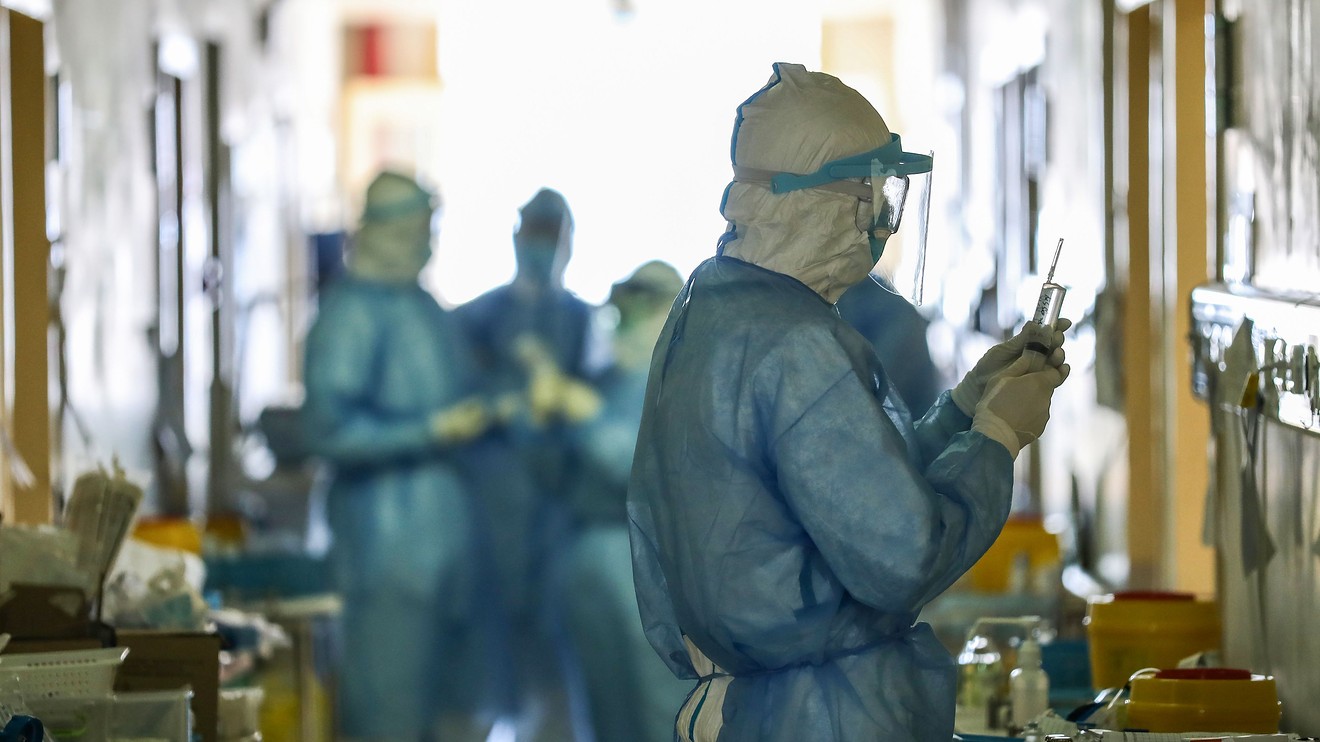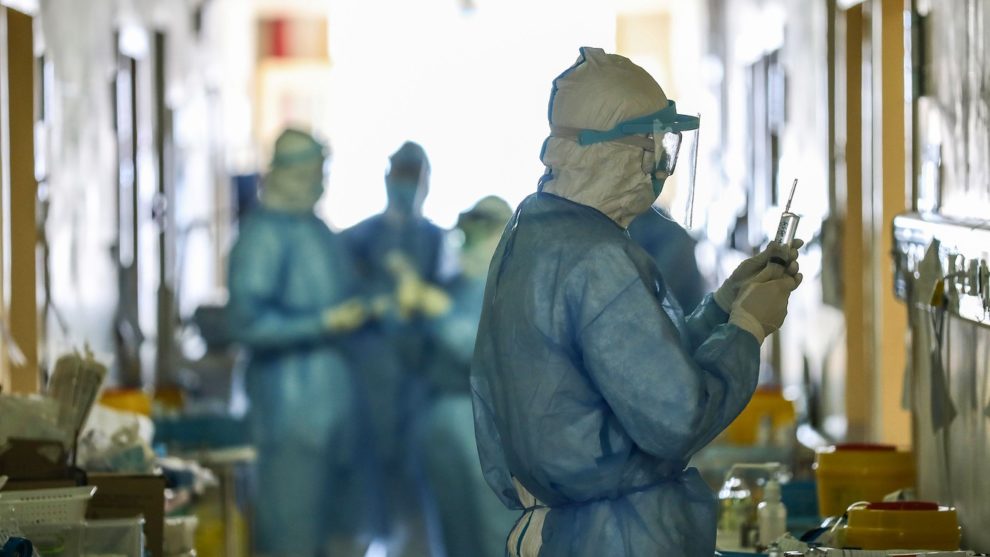
While New York City is the U.S. coronavirus epicenter today by a large margin, cases are expected to spread and peak in waves across U.S. cities over the next few months.
“It’s like any epidemic; it’s not equal everywhere,” said Dr. Deborah Birx, a public health expert on the White House’s coronavirus response team, at a briefing earlier this week, as she highlighted the need to move medical equipment, like ventilators, around the country to combat waves of the outbreak. On Thursday, the U.S. became the hardest hit country in the world, with over 82,000 coronavirus cases, passing China, where the virus originated late last year.
Experts said there are two main vulnerabilities for municipalities: The first are pockets of extreme density, where, like New York City, people live, commute and work in close quarters and therefore spread disease swiftly enough to inundate the local health-care system. The second are places with high poverty and lack-of-care issues, such as areas of Louisiana, where cases are growing rapidly.
Orleans Parish, Louisiana, has reported 46 coronavirus-related deaths as of Thursday afternoon, according to figures from Johns Hopkins University — the highest number in the U.S. relative to population. It comes to about 12 deaths per every 100,000 residents. For comparison, in New York City there have been a little more than three deaths per 100,000 residents.
But it’s far from contained in New Orleans, a mecca for revelers during Carnival season each February. The first known case in Louisiana was recorded on March 6, about two weeks after the peak Mardi Gras celebrations.
There are roughly 240 patients on lifesaving ventilators across Louisiana. At its current trajectory, “the New Orleans area could run out of vents by the first week of April,” the local health department said on Thursday.
At his daily briefing on Thursday, New York Gov. Andrew Cuomo addressed the growing cluster in Louisiana directly.
“Anyway we can help them, we stand ready,” he said.
Celebrity donations to the southern state have also begun to trickle in. Drew Brees, a quarterback for the New Orleans Saints, said he and his wife, Brittany, pledged $5 million to help feed children and seniors during the outbreak.
“The priority now is helping out communities get through this tough time,” Brees wrote in a post on social media.
Another region with an unusually high death rate is greater Detroit. As of Thursday, there were nearly 1,400 cases of coronavirus in Wayne County, Michigan, and 26 deaths, according to Johns Hopkins. That comes to 1.5 deaths per 100,000, higher than any county in California.
“There are risk factors for how severe the outbreak is going to be: If you have a population that’s older or there are a lot of pre-existing conditions or lack of care issues,” said Joshua Petrie, a professor at University of Michigan’s School of Public Health. “In places like Detroit or Louisiana, there are lack of care issues.”
Meanwhile, major cities that have similar vulnerabilities to New York City have so far seen a more gradual increase in cases.
Leaders in San Francisco, which reported 233 cases and two deaths as of Thursday, are nonetheless preparing for a New York-style onslaught. By analyzing New York’s trajectory, public health officials in San Francisco predicted the city needs 1,500 more ventilators and 5,000 more hospital beds to meet the impending surge.
“Our entire hospital system has been doing the work to create a plan to ramp up our resources,” the city’s mayor, London Breed, said in a briefing on Thursday. That includes devoting an entire floor at Dignity Health’s Saint Francis Memorial Hospital to COVID-19 patients.
San Francisco, Miami and Chicago are among the densest metros in the U.S., after New York, and they have major airports with lots of international travel and robust public transit systems — all of which make them vulnerable to rapid spread. As of Thursday midday, Cook County, Illinois, which includes Chicago, had 1,418 cases and 18 deaths; Miami-Dade County in Florida had 616 cases and no deaths.
“That is why flattening the curve is so important and there is universal agreement on social distancing. It’s all to try and cut down on a surge which the health system cannot support,” said Arnold Monto, an epidemiologist also at UMichigan’s School of Public Health.
Early adoption of these practices will mean that the next U.S. hot spots may not see their crises hit a rapid fever pitch like in New York City, Monto said. “I may be proved wrong in the next couple of weeks,” he said, “but I don’t know that we’re going to see uniform occurrence of clusters.”
div > iframe { width: 100% !important; min-width: 300px; max-width: 800px; } ]]>











Add Comment